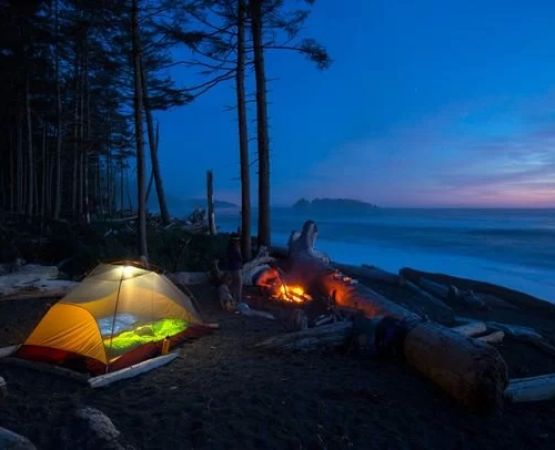- 1 - Understanding Tent Pole Materials
- 2 - Choosing the Right Tent Poles for Weather Conditions
- 3 - Balancing Weight and Durability
- 4 - Real-World Camping Experiences
- 5 - Practical Tips for Purchasing
- 6 - Where to Find Quality Tent Poles
1. Understanding Tent Pole Materials
When it comes to choosing the right tent poles for your tent, the first factor to consider is material. Aluminum poles are popular because they strike a balance between durability and weight. They can handle strong winds and are often used in higher-end tents. Fiberglass poles, on the other hand, are more budget-friendly but can be prone to breaking if not handled carefully. Carbon fiber poles, though expensive, provide ultra-light strength for serious backpackers. Each material comes with trade-offs, and knowing them helps campers make smarter choices.
2. Choosing the Right Tent Poles for Weather Conditions
Weather can make or break your camping experience. If you’re planning a trip in a windy or stormy area, poles made of aluminum or high-grade carbon fiber are essential. For casual weekend trips in fair weather, fiberglass poles may be sufficient. This decision becomes even more critical if your tent needs to withstand snow loads or desert heat. The phrase choosing the right tent poles for your tent isn’t just about preference; it’s about safety and comfort in unpredictable outdoor conditions.
3. Balancing Weight and Durability
Backpackers often face the classic dilemma: weight versus strength. While lightweight poles reduce fatigue on long hikes, they must still provide stability once you set up camp. Carbon fiber is the go-to for ultra-light adventurers, but many experienced hikers still rely on aluminum for its proven track record. One seasoned camper once shared that a lightweight pole shaved off a few ounces in his pack but left him stranded when it snapped in a high-altitude storm. His story highlights why balance matters more than absolute weight reduction.
4. Real-World Camping Experiences
Consider the story of a group camping in the Rockies, who chose fiberglass poles to save on costs. After two nights of heavy winds, half of their poles cracked, forcing them to use duct tape and branches for support. Contrast this with another group that invested in aluminum poles. Despite enduring the same weather, their tents stood firm. Stories like these emphasize that choosing the right tent poles for your tent directly influences whether your trip ends in comfort or chaos.
5. Practical Tips for Purchasing
Before buying, always check compatibility with your tent brand and model. Many manufacturers design proprietary poles, so substitutions may not fit perfectly. Carrying a repair sleeve or splint can also save a trip if a pole bends or cracks. Finally, consider whether your tent requires single or multiple pole systems—some ultralight tents use trekking poles as supports, while others rely on complex multi-pole structures. Researching thoroughly before purchasing ensures you won’t be caught unprepared in the wild.
6. Where to Find Quality Tent Poles
For campers who want reliable gear without guesswork, checking specialized outdoor suppliers is a must. At Pine Cliff Resort, outdoor enthusiasts can find curated equipment recommendations that match both casual and professional camping needs. Whether you’re upgrading your tent setup or replacing a broken part, investing in high-quality poles gives you confidence that your shelter will endure whatever nature throws at it.
In the end, choosing the right tent poles for your tent isn’t just about equipment—it’s about peace of mind. The right choice ensures stability, safety, and comfort, so you can focus on the joy of camping rather than worrying about your gear.







